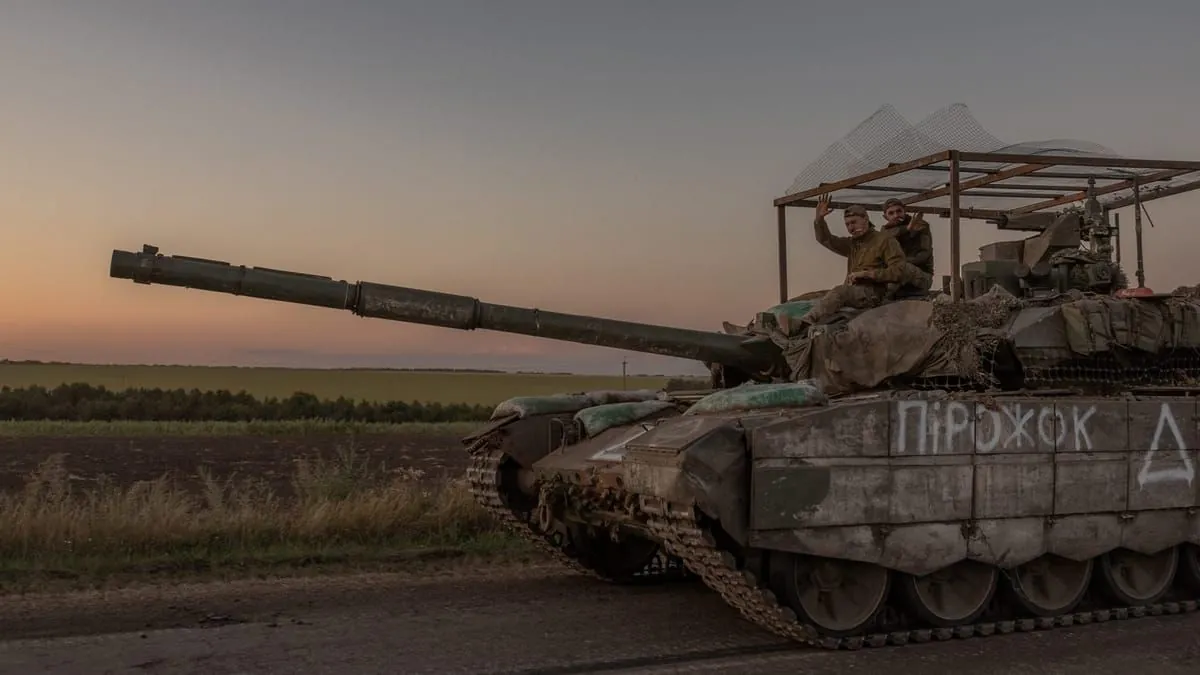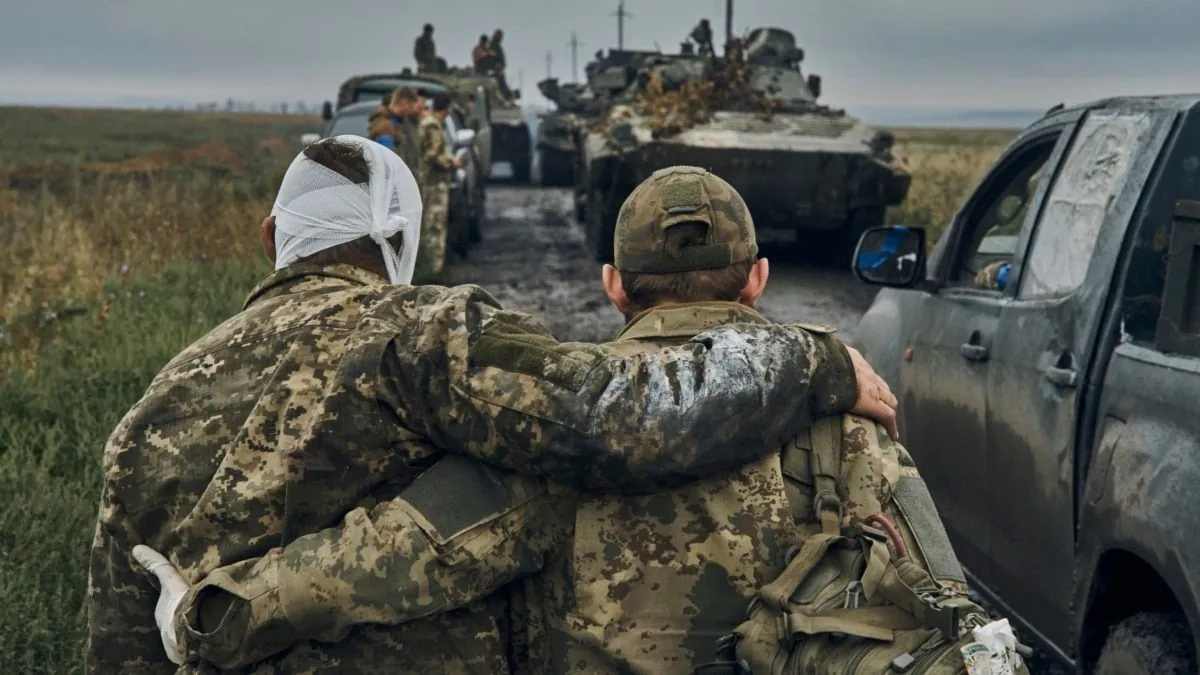Ukraine Strikes Russian Territory with US-Supplied Glide Bombs
Ukraine employs US-provided glide bombs in Kursk, Russia, while reclaiming territory in Kharkiv. The operation sparks debate over weapon use and highlights Ukraine's renewed momentum in the ongoing conflict.

Ukraine's military has utilized US-supplied GBU-39 glide bombs to target Russian positions in the Kursk region, marking a significant development in the ongoing conflict. The operation, which occurred on August 6, 2024, resulted in Russian casualties and equipment destruction, according to Lt. Gen. Mykola Oleschuk, Ukraine's Air Force Commander.
This cross-border strike has reignited discussions about the appropriate use of donated weapons. While many of Ukraine's supporters advocate for purely defensive applications, Ukrainian officials argue that the Kursk incursion serves a defensive purpose by mitigating attacks on Ukrainian soil from Russian territory.
John Kirby, White House national security spokesman, clarified the US position on Friday, stating that Ukraine is permitted to use US-provided materials for self-defense against Russian aggression, including across the border to address imminent threats. However, the US has imposed limitations on the use of longer-range ATACMS missiles for deep strikes into Russia.
In a separate development, Ukraine's 3rd Separate Assault Brigade reported recapturing nearly two square kilometers of territory in the Kharkiv region. This advancement comes after delayed deliveries of US weaponry were finally released, providing Ukraine with renewed momentum.

Ukraine has also intensified its drone warfare against Russian military and fuel targets. A recent attack on a Russian air base in the Volgograd region caused significant damage to an airfield reportedly housing glide bombs used by Moscow in the conflict. Additionally, a drone strike on a cargo ferry at the port of Kavkaz in Russia's Krasnodar region resulted in 13 injuries.
These recent gains have boosted Ukrainian morale, coming 10 years after Russia's initial invasion in 2014 and 2.5 years into the full-scale invasion that began in February 2022. The conflict has led to widespread destruction and Europe's largest refugee crisis since World War II.
The visit of Indian Prime Minister Narendra Modi to Kyiv on Friday has drawn attention, with hopes that his cordial ties with Russian President Vladimir Putin could potentially contribute to peace negotiations.
While Ukraine's recent advances have exposed Russian vulnerabilities, they have also stretched Ukrainian forces thin along the extensive frontline. The Russian Defense Ministry claims to have repelled Ukrainian attempts to advance in the Kursk region, highlighting the ongoing challenges faced by both sides.
As the conflict continues to evolve, the use of advanced weaponry and cross-border operations has added new dimensions to the war, reshaping the battlefield and potentially influencing future diplomatic efforts.


































